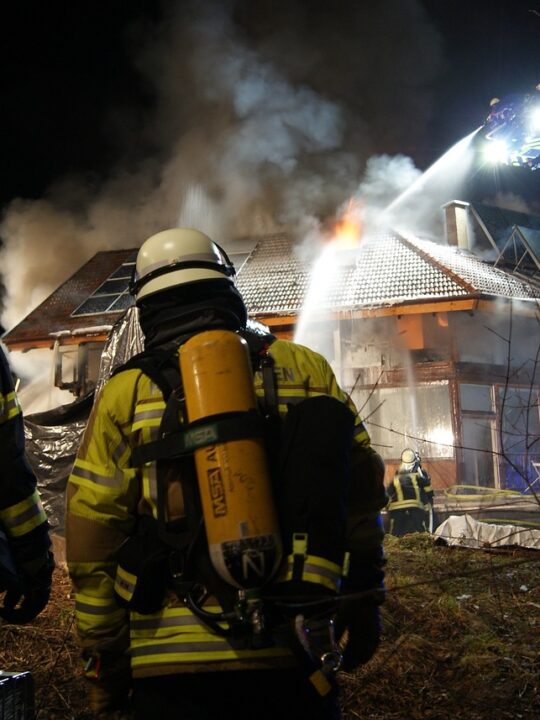Are you interested in learning a new skill? How about getting welding a try?
Welding is a critical skill that may lead to career prospects. Understanding the fundamental stick welding techniques is crucial for producing high-quality welds. It depends on your level of experience.
We will look at five welding tips that each prospective welder should be aware of. These suggestions can help you become a better welder. It also increases safety and produces welds that are durable and dependable.
Continue reading to learn more about the welding tips you should know.
Table of Contents
1. Prepare the Workpiece Material Properly
Proper preparation is one of the most crucial parts of welding. Before beginning any welding process, the workpiece must be carefully cleaned. Contaminants such as rust, paint, grease, or dirt can have a harmful influence on quality.
Use a wire brush, grinder, or chemical solvents to remove these contaminants and provide a clean surface for welding. Ensure the workpiece is secured or held in place to avoid movement during the welding process.
2. Choose the Best Welding Technique
There are several welding processes available. It is suited to specific purposes and materials. MIG (Metal Inert Gas), TIG (Tungsten Inert Gas), and Stick welding are the most prevalent welding procedures.
Understanding the advantages and disadvantages of each strategy is critical for attaining the best outcomes. MIG welding is suitable for heavier materials. TIG welding gives fine control for thinner metals. Take the time to explore.
Practice many strategies to discover which one best meets the needs of your job in metal working.
3. Ensure Proper Welding Machine Setup
For good welds, the welding equipment must be set up. Select the best welding machine for the work. Consider parameters such as material thickness and welding method.
Adjust the machine’s parameters to the work suggestions and your project’s needs. Inspect and maintain your welding machine regularly to ensure it performs effectively and safely.
4. Maintain a Consistent Welding Technique
The ability to produce strong and visually beautiful welds requires consistency. Keep a steady hand and a constant travel speed. Avoid abrupt movements.
It might result in uneven welds, porosity, or other flaws. Proper posture and body placement will help with stability and control. Remember to use both hands for greater control and support.
Look for a motorized positioner that delivers smooth and consistent work to any desired position.
5. Focus on Safety
Welding requires exposure to high temperatures, bright light, and possibly toxic gases. As a result, prioritizing safety is critical. Wear adequate personal protection equipment (PPE). It includes a welding helmet with a darkened lens, welding gloves, flame-resistant clothes, and safety glasses at all times.
Operate in a well-ventilated location or use a fume extraction device. Keep a fire extinguisher handy and be aware of potential fire threats.
Understanding Basic Welding Tips
Practice and safety are essential for completing any welding operation effectively. Invest in the right protective equipment. Understand your chosen welding tips. Research the required safety standard for a beginner welder.
Your initiatives will have a far greater success rate than before. You may now approach any welding project with confidence!
Did you find this article helpful? Check out the rest of our blog for more!







